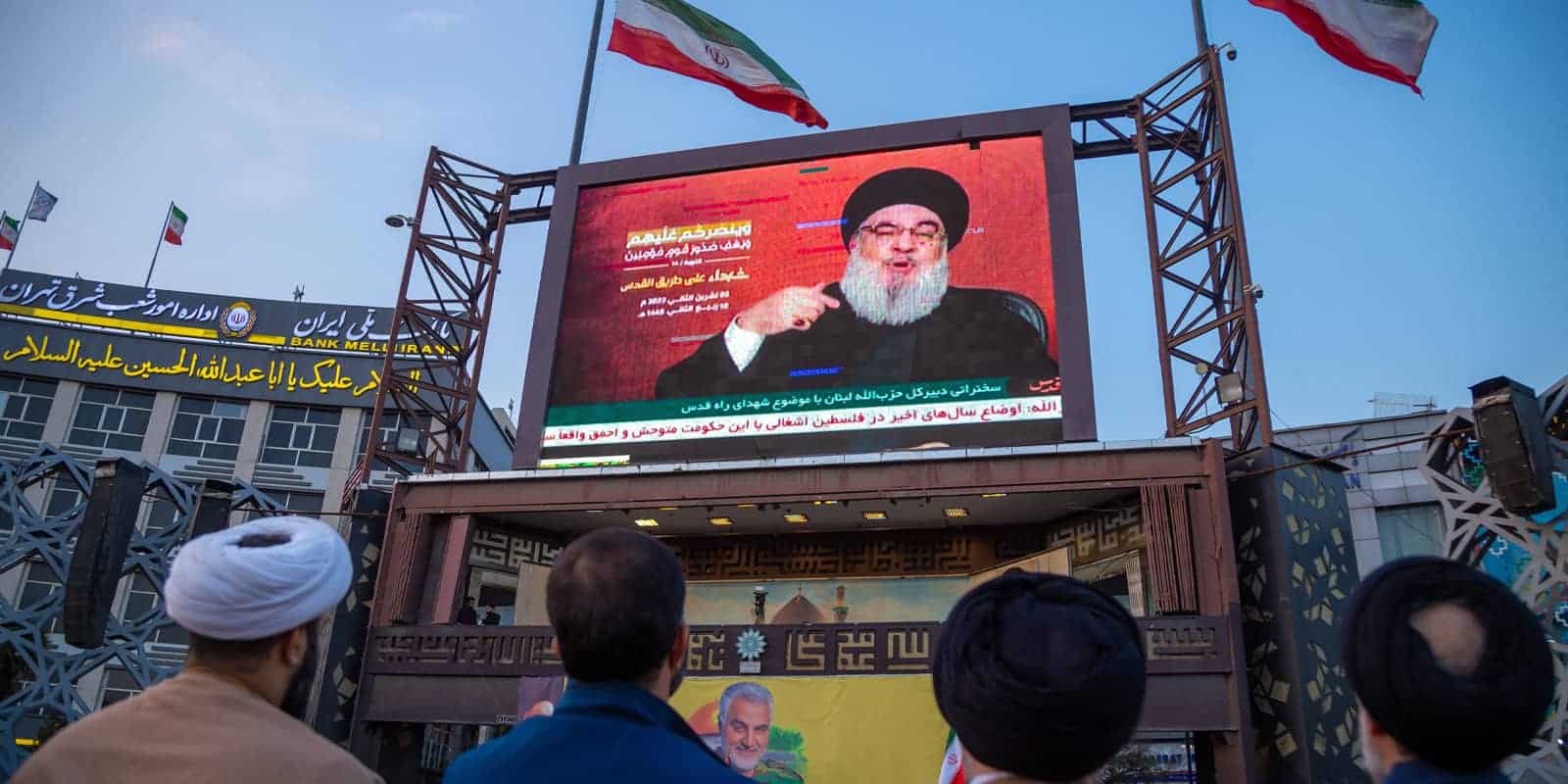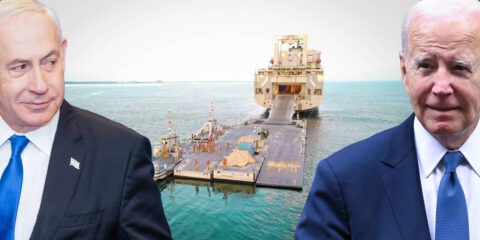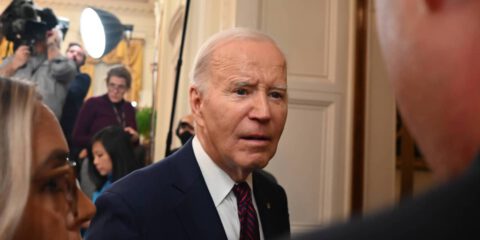The United States should desist from insisting that the end game of Israel’s war against Hamas focus on Gaza’s future. Failure to support Israel in dealing with Iran and its proxies as its end game might mean the difference between a stable Middle East led by US allies or an Iran-controlled region embedded in the competing axis.
Increasingly strident voices from both within and outside Israel demand that Israeli leaders outline the end game in Gaza after the destruction of Hamas as a governing and terrorist force. United States President Joe Biden as well as former Israeli generals, many of whom have acknowledged the mistaken doctrines and concepts they held before the slaughter of October 7, have joined forces to demand answers to this question.
Focusing on Gaza as a stand-alone problem faced by Israel and which demands redress in the near future is a grievous geo-strategic error that threatens not only Israel’s very existence but the well-being of democratic states far beyond the borders of the conflict.
Three ominous developments have emerged since the October 7 attack and the subsequent Israeli military campaign in Gaza aimed at dismantling the Hamas threat. These developments leave Israel facing a precarious predicament, the likes of which it has not faced since the Six-Day War in 1967.
For the first time since the renewed emergence of Islamic fundamentalism in Egypt fifty years ago and its ensuing proliferation, Sunni and Shiite fundamentalism have joined forces operationally against Israel and indirectly at the broader alliance of democratic states.
Hamas’ attack on the Gaza border region was followed by Hizballah’s war offensive on Israel’s northern border. This is a war by any measure: by the number of missiles launched against civilian and military targets, the heavy mortar bombardments along the border, the use of UAVs carrying explosives, and the even more extensive use of these vehicles for intelligence purposes as a possible prelude to total war. As a result of Hizballah’s attacks, greater numbers of Israeli civilians have been evacuated from the north, or have left the area of their own accord, than happened in the south.
This Sunni-Shiite unity did not prevail during or after the 9/11 attack in 2001 by al-Qa’eda or in the ISIS onslaught that saw the movement occupy most of northern Iraq and southern and eastern Syria, erasing the border between these two states – two events that were rightly perceived as strategic threats to the West and elicited a commensurate response by the United States and its allies.
In both encounters, Shiite and Sunni forces were pitted against each other. After the 9/11 attack, Iran came down hard on its Sunni minority as well as suppressing Sunni Jihadist groups.
The Shiite response was even more pronounced and decisive: With the expansion of ISIS, Iran and its major proxy, Shiite Hizballah, rushed to Assad’s Syria to prevent the regime’s downfall and the potential ISIS takeover of the country. In Iraq, Tehran established Shiite terrorist proxies, which presently attack US forces, to save Baghdad from the fate of Iraq’s third largest city, Mosul, which fell easily to ISIS forces.
Houthi cruise missile and UAV attacks from Yemen on Eilat, Israel’s southernmost port, are the second development that contributes to Israel’s precarious predicament. As a Shiite proxy of Iran, the Houthis are a reflection of Sunni and Shiite fundamentalist unity. But they also represent a threat that goes far beyond that. Eilat is Israel’s only gateway to South and East Asia. This trade route, essential to Israel’s economic well-being and growth, has been threatened by the recent Houthi sea-jacking of a commercial vessel partially owned, but not run, by an Israeli company. It echoes the closure of the Straits of Tiran at the mouth of the Red Sea to Israeli shipping in May 1967. This act was one of the reasons behind Israel’s preemptive strike against Egypt and was part of the noose tightening around Israel’s neck prior to the Six-Day War. Today, a similar noose is threatening Israel.
Finally, both these threatening developments are orchestrated by a regional power, Iran which is fast becoming a nuclear power with ballistic capabilities to strike at Israel and beyond.
This devastating triangle, with a fundamentalist, imperialist state at its apex, flanked by Sunni-Shiite fundamentalist unity on one side and far-flung terrorist Iranian proxies in Lebanon, Syria, Iraq and Yemen on the other, has no parallels in the al-Qa’eda threat of 2001 or the threat posed to the United States or its allies by the Islamic State in 2014. Both al-Qa’eda and ISIS faced a world arrayed against them, including rivals such as the United States and Russia.
Israel must not be made to address Gaza’s future before first cutting the ever-tightening noose around it. This is not only obviously in Israel’s interest. If Israel is prevented from cutting itself free from this noose, not only will its very existence be threatened, but the United States’ allies in the region will face an even worse fate.
Iraq’s occupation of Kuwait in 1990 proved how vulnerable these states are. It took Iraq just one day to take over the Gulf state. One can hardly believe that Iran, emboldened by a weakened Israel, forced to focus on the end game in Gaza – hardly Israel’s major front – will not be tempted to do the same as Saddam Hussein in 1990 – and perhaps far more.
We are in a geo-strategic tempest. A wise strategy of allowing Israel to deal with its immediate and more threatening fronts as the end game to the war with Hamas might mean the difference between a stable Middle East led by US allies, or a region controlled by Iran, a country strongly embedded in the global axis of states operating against the US alliance.
JISS Policy Papers are published through the generosity of the Greg Rosshandler Family.
Photo: IMAGO / ABACAPRESS








 - בניית אתרים
- בניית אתרים